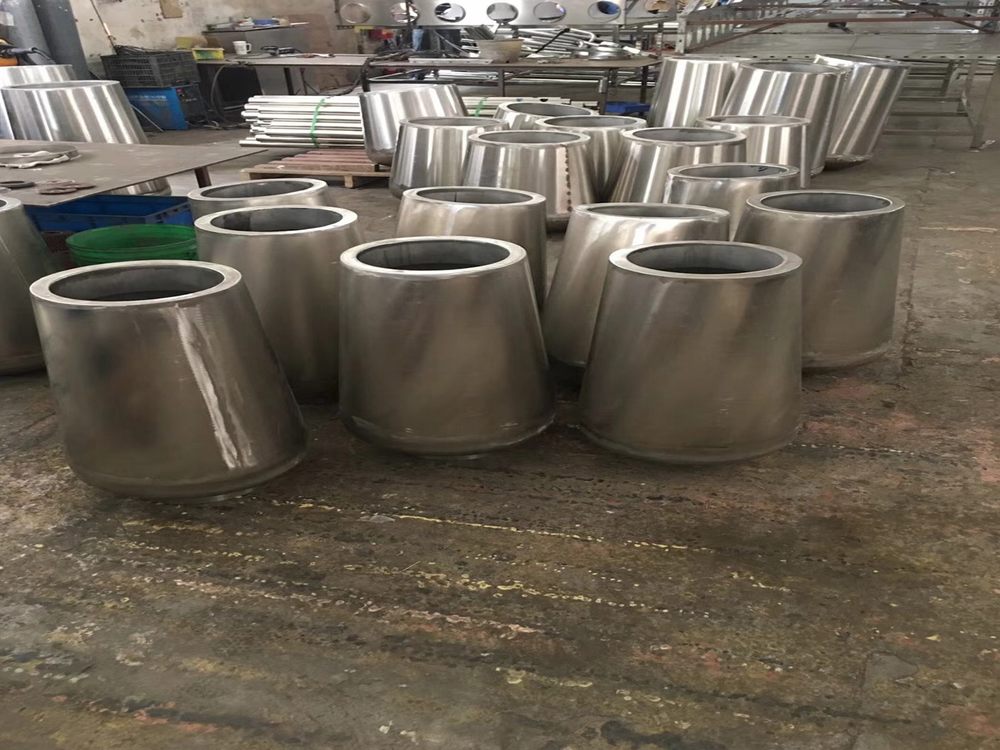
Bronze sculptures serve as powerful conduits for artists to express their innermost thoughts, values, and philosophical perspectives. The enduring nature of bronze itself often symbolizes timeless ideals, while the subject matter and stylistic choices reveal deeper personal convictions.
Many sculptors embed symbolic elements within their bronze works to communicate complex beliefs. A figure's posture might reflect stoic resilience, while intricate textures could represent life's complexities. The lost-wax casting process - requiring patience and precision - frequently parallels an artist's philosophical approach to creation.
Cultural and historical contexts further shape these metallic manifestations. Contemporary bronze artists often incorporate modern themes like environmentalism or social justice, transforming molten metal into visual manifestos. The weight and permanence of bronze lend gravitas to these statements, making them resonate across generations.
Through composition choices - whether harmonious balance or intentional asymmetry - sculptors visually articulate their worldview. The interplay of negative space and solid form can mirror philosophical concepts of presence and absence. Even the patina selection carries meaning, with green oxidation suggesting growth and darker tones conveying solemnity.
Ultimately, bronze becomes more than medium; it transforms into a philosophical language where artists articulate their deepest convictions through form, texture, and symbolic narrative, leaving enduring metallic testaments to human thought.

